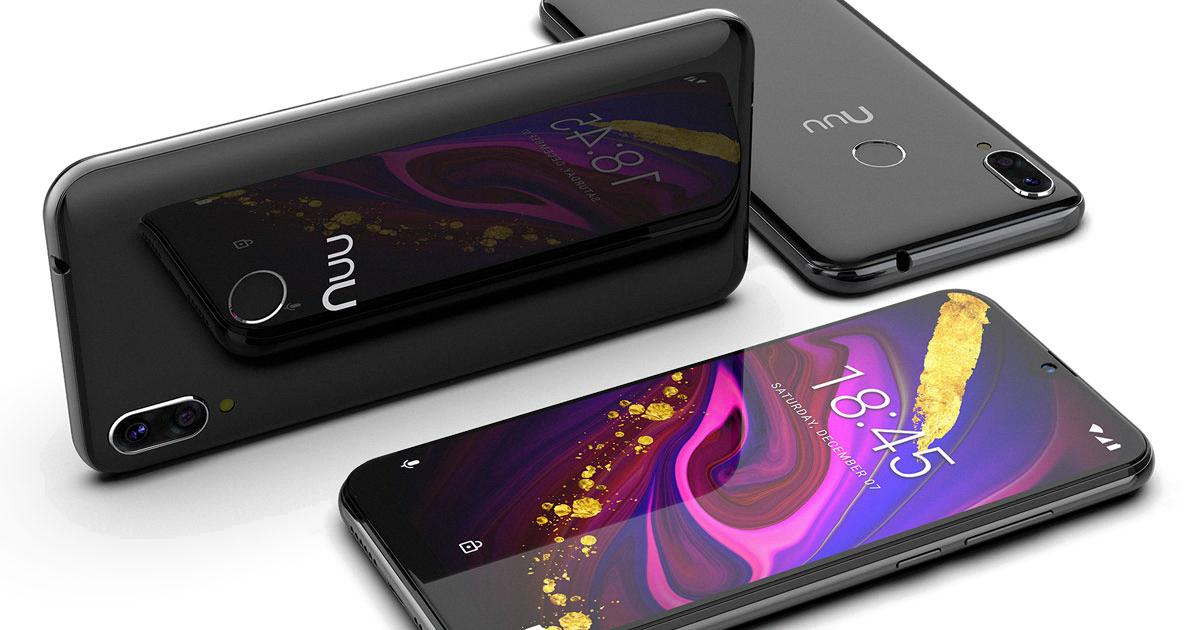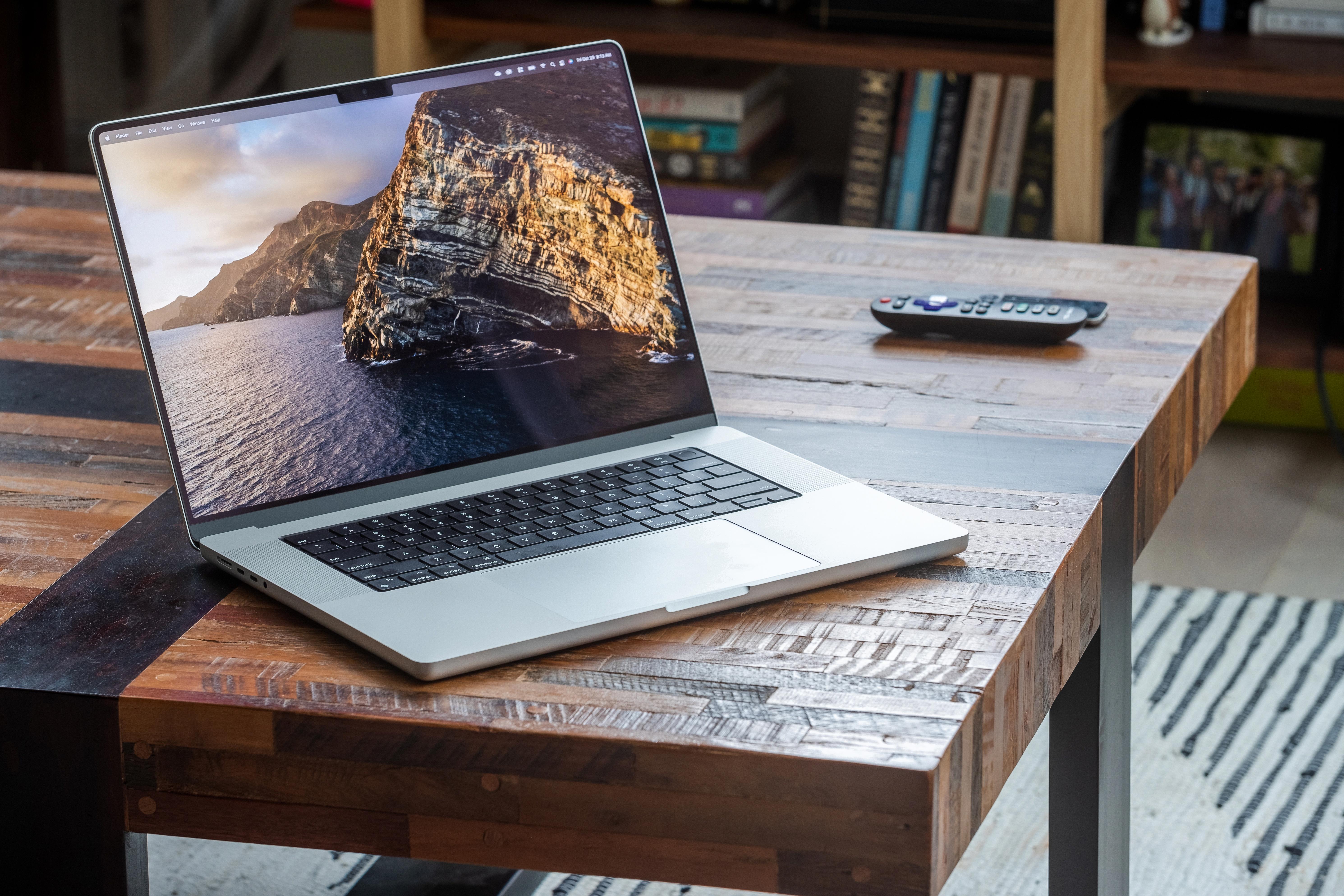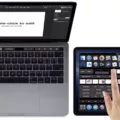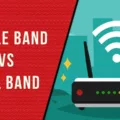In the world of smartphones, RAM plays a crucial role in determining the overall performance and user experience. With the rapid advancement of technology, the demand for more RAM has been on the rise. But is 3GB of RAM enough for an Android phone in 2021? Let’s delve into this topic and explore the implications.
To begin with, 3GB of RAM has long been considered as the minimum requirement for a decent smartphone experience. It allows for smooth multitasking, enabling users to run multiple apps simultaneously without experiencing significant lag or slowdowns. For everyday tasks such as browsing the web, checking emails, and using social media apps, 3GB of RAM is generally sufficient.
However, as technology progresses and apps become more resource-intensive, the need for more RAM becomes evident. Android 12, for example, has been reported to consume 30-50% more RAM compared to its predecessor, Android 11. This increase in RAM usage can be attributed to various factors, including new features, improved graphics, and enhanced security measures.
Moreover, the Android system itself is known to utilize a significant portion of the available RAM. It is not uncommon to see Android system alone taking up 4-4.5GB of RAM in some devices. This means that even if you have a 3GB RAM phone, a considerable portion of it will already be allocated to the operating system, leaving you with less available RAM for other apps.
Another aspect to consider is the number of apps running in the background. With the increasing number of apps we use on a daily basis, it’s easy for RAM to get filled up quickly. Even with just a handful of apps running in the background, you may find your RAM usage reaching 9-10GB on a 12GB RAM variant. This can lead to potential performance issues and increased heat generation in the device.
Therefore, while 3GB of RAM may be sufficient for basic tasks, it may not be enough for heavy multitasking or running demanding applications. If you frequently use resource-intensive apps, play graphics-intensive games, or like to keep numerous apps running in the background, you might want to consider upgrading to a smartphone with higher RAM capacity.
It’s important to note that RAM is not the only factor that determines a phone’s performance. The efficiency of the processor, storage speed, and software optimization also play significant roles. However, having more RAM can provide a smoother and more responsive user experience, especially when it comes to multitasking and app-switching.
While 3GB of RAM can still offer a decent smartphone experience for everyday tasks, it may not be sufficient for heavy users or those who demand high-performance capabilities. If you’re someone who frequently uses resource-intensive apps or likes to keep multiple apps running simultaneously, it would be wise to consider a smartphone with higher RAM capacity. Ultimately, the decision depends on your usage patterns and preferences.
Is 3GB Of RAM Alot?
When it comes to determining whether 3GB of RAM is a lot or not, it depends on the specific needs and usage patterns of the user. Here are some factors to consider:
1. Multitasking: If you frequently use multiple apps simultaneously, such as browsing the internet, editing documents, and running resource-intensive programs, 3GB of RAM may not be sufficient. More RAM allows for smoother multitasking by providing ample memory for each application to run efficiently.
2. Gaming: If you’re an avid gamer, the amount of RAM required can vary depending on the games you play. Modern games often have higher RAM requirements to ensure smooth gameplay and to handle the game’s assets effectively. Some games may even recommend 8GB or more of RAM for optimal performance. Therefore, 3GB of RAM may not be considered a lot for serious gaming.
3. Software Requirements: Certain software applications, especially those used for video editing, graphic design, or 3D modeling, can demand significant amounts of memory to process large files and perform complex operations. If you frequently use such applications, you might find that 3GB of RAM is insufficient, leading to slower performance and potential crashes.
4. Operating System: The RAM requirements of the operating system itself should also be taken into account. Different operating systems have different RAM demands. For example, Windows 10 recommends a minimum of 4GB of RAM for its 64-bit version, while macOS recommends at least 4GB as well. If you’re using a system with 3GB of RAM, it might leave limited memory available for other applications, potentially impacting overall performance.
5. Future-Proofing: It’s important to consider the longevity of your device and its ability to handle future software updates and advancements. As technology evolves, software tends to become more resource-intensive. Investing in more RAM, such as 8GB or 16GB, can help future-proof your device and ensure it can handle upcoming software requirements without experiencing significant performance issues.
While 3GB of RAM may have been considered sufficient in the past, it may not be considered a lot in today’s computing landscape, especially for power users, gamers, or those who work with resource-intensive applications. Consider your specific needs and future requirements when determining if 3GB of RAM is enough for your usage scenario.

How Much RAM Does Android 12 Need?
The amount of RAM needed for Android 12 can vary depending on various factors such as the device’s hardware specifications, the number of background apps running, and the overall system optimization. While it is true that Android 12 may require more RAM compared to Android 11, it is important to note that this can vary across different devices and their respective software optimizations.
Android 12 is designed to provide enhanced features and improved performance, which may require more system resources. However, it is not unusual for newer versions of operating systems to have higher RAM requirements compared to previous versions. This is mainly due to the addition of new features, improvements in system functionality, and enhanced security measures.
It is worth mentioning that Android 12’s RAM usage can vary depending on the device’s configuration and the number of apps running in the background. Some devices may have more pre-installed apps or services running, which can contribute to higher RAM usage. Additionally, certain apps or services can also consume more RAM depending on their individual requirements.
While it is normal for the Android system to consume a certain amount of RAM, a usage of 4-4.5 GB for the Android system alone seems higher than usual. If you are experiencing significant RAM usage with only a few apps running, it might be worthwhile to investigate if any particular app or service is causing excessive memory consumption. Clearing cache and data, as well as restarting the device, can sometimes help alleviate excessive RAM usage.
In terms of the phone heating up more with Android 12, it is possible that the new features and optimizations in the operating system are putting more strain on the device’s hardware, leading to increased heat generation. However, it is important to note that occasional heating is normal during intensive tasks or prolonged usage, and it is usually managed by the device’s cooling system.
To optimize RAM usage and reduce overheating, you can try the following:
– Close unnecessary background apps: Close any apps that you are not actively using to free up resources and reduce RAM usage.
– Clear cache and data: Regularly clearing cache and data of apps can help free up storage space and potentially reduce RAM usage.
– Limit background processes: Adjust the background process limit in developer options to ensure that only essential apps are allowed to run in the background.
– Update apps and system: Keeping your apps and system up to date can ensure that you have the latest optimizations and bug fixes, which can help improve performance and reduce resource usage.
– Disable unnecessary services: Disable any unnecessary services or features that you do not use regularly to reduce system resource consumption.
– Restart your device: Periodically restarting your device can help clear out any temporary files or processes that may be contributing to excessive RAM usage or overheating.
While Android 12 may require more RAM compared to Android 11, the exact amount can vary depending on various factors. It is recommended to monitor your device’s RAM usage, optimize app usage, and perform regular maintenance to ensure smooth performance and prevent overheating.
Does RAM Matter On A Phone?
RAM (Random Access Memory) plays a crucial role in the overall performance of a smartphone. It is responsible for temporarily storing data that is actively being used by the device’s operating system and running applications. In simpler terms, RAM acts as a workspace for your phone, allowing it to quickly access and switch between different apps and tasks.
Here are some reasons why RAM matters on a phone:
1. Multitasking: RAM enables your phone to handle multiple tasks simultaneously. With more RAM, you can smoothly switch between apps without experiencing any lag or delays. This is especially useful when you want to quickly respond to a message while watching a video or browsing the web.
2. App performance: Apps are becoming more resource-intensive, requiring additional RAM to run smoothly. Adequate RAM ensures that apps load quickly and operate without any slowdowns or crashes. Insufficient RAM may cause apps to close in the background, resulting in a slower and less efficient user experience.
3. Gaming: Mobile games are becoming increasingly demanding in terms of graphics and processing power. Having ample RAM allows for seamless gameplay, as the device can store game assets and data in memory, reducing loading times and ensuring a smooth gaming experience.
4. Future-proofing: As technology advances, apps and operating systems tend to become more resource-intensive. By having a smartphone with higher RAM capacity, you can future-proof your device to some extent, ensuring it can handle newer apps and updates without significant performance issues.
RAM is essential for a phone’s performance. It allows for efficient multitasking, smoother app performance, seamless gaming, and future-proofing your device. Having more RAM provides a better user experience by reducing lag, delays, and app crashes.
Why Is Only 3GB Of 6GB RAM Usable In Android?
In Android devices, it is not uncommon to encounter a situation where only 3GB out of the total 6GB RAM is usable. This can be attributed to several factors:
1. System Requirements: The Android operating system itself requires a certain amount of RAM to function properly. The system processes, background tasks, and essential applications consume a portion of the available memory. This reduces the amount of RAM available for user applications and processes.
2. Pre-installed Apps and Bloatware: Many Android devices come with pre-installed applications and bloatware from the manufacturer or the mobile carrier. These apps run in the background and consume system resources, including RAM. As a result, the usable RAM is reduced.
3. Cached Data: Android employs a caching mechanism to enhance the performance of frequently used applications. Cached data allows for quicker access to app resources, but it also occupies a portion of the RAM. While this can improve overall performance, it reduces the amount of available RAM for other applications.
4. Kernel and Hardware Limitations: The device’s kernel, which acts as a bridge between the hardware and software, may impose limitations on the maximum amount of RAM that can be utilized. Some older devices or lower-end models may have hardware limitations that restrict the usable RAM to a certain amount.
5. Memory Management: Android utilizes dynamic memory management to optimize the allocation of RAM based on the usage patterns of the applications. RAM is allocated and deallocated dynamically, with priority given to the most frequently accessed data. As a result, the coldest or least frequently accessed data is cleared from RAM to make room for more important data. This constant juggling act can limit the amount of usable RAM, especially when there is a high demand for memory.
To summarize, the limited usable RAM in Android devices can be attributed to various factors such as system requirements, pre-installed apps, cached data, kernel limitations, and dynamic memory management. While it may seem that only 3GB out of 6GB RAM is usable, the allocation of RAM is optimized to prioritize the most essential and frequently accessed data, ensuring the smooth functioning of the device.
Conclusion
3GB of RAM can be considered a sweet spot for most users, as it can satisfy a wide range of app scenarios. However, with the release of Android 12, it seems that the operating system is taking up more RAM compared to Android 11, leading to increased RAM usage and potential performance issues.
It is worth noting that Android system alone is taking up around 4-4.5GB of RAM, which is a significant portion of the available memory. This can result in a higher overall RAM usage, especially when combined with other apps running in the background.
The increased RAM usage can also contribute to a phone heating up more, as the system and apps require more resources to function properly. This can be a concern for users, especially if their device has a limited cooling mechanism or if they engage in resource-intensive tasks.
Having a higher amount of RAM in your smartphone can help in accessing and switching between apps quickly, without experiencing any lag. It allows for smoother multitasking and ensures that apps don’t close when you switch to another app, preventing delays and slowdowns.
However, it’s important to note that RAM allocation is dynamic, meaning that the system prioritizes the most frequently accessed data and clears out the least used data to make room for more. This juggling act becomes a problem when there isn’t enough space to keep everything needed in RAM, leading to potential performance issues.
Ultimately, the amount of RAM needed depends on individual usage patterns and the specific requirements of apps and the operating system. While 3GB of RAM may suffice for many users, those who frequently use resource-intensive apps or multitask heavily may benefit from having more RAM to ensure smooth and efficient performance.








